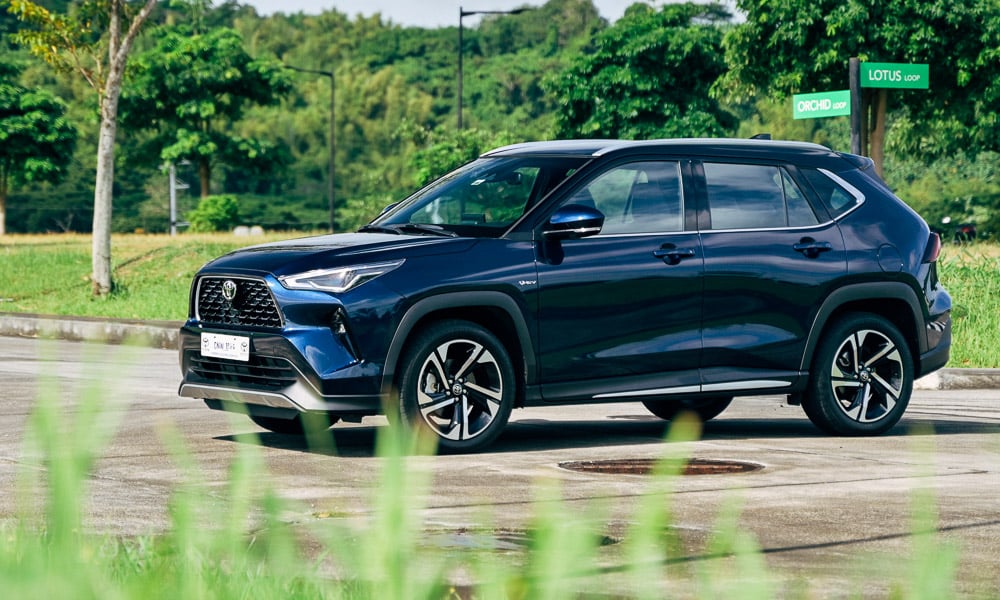
When Nissan Philippines introduced the Kicks last year, you could say it was a slam dunk. Consumers who wanted a fuel-efficient subcompact crossover that could skirt coding (at least for the next few years) got their answer.
It proved to be a hot seller, so Toyota Motor Philippines had to come up with a response, which was the Yaris Cross.
While the model starts at P1,199,000, you have to spring for the S HEV for a slice of the electrified pie, bringing the price up to P1,598,000.
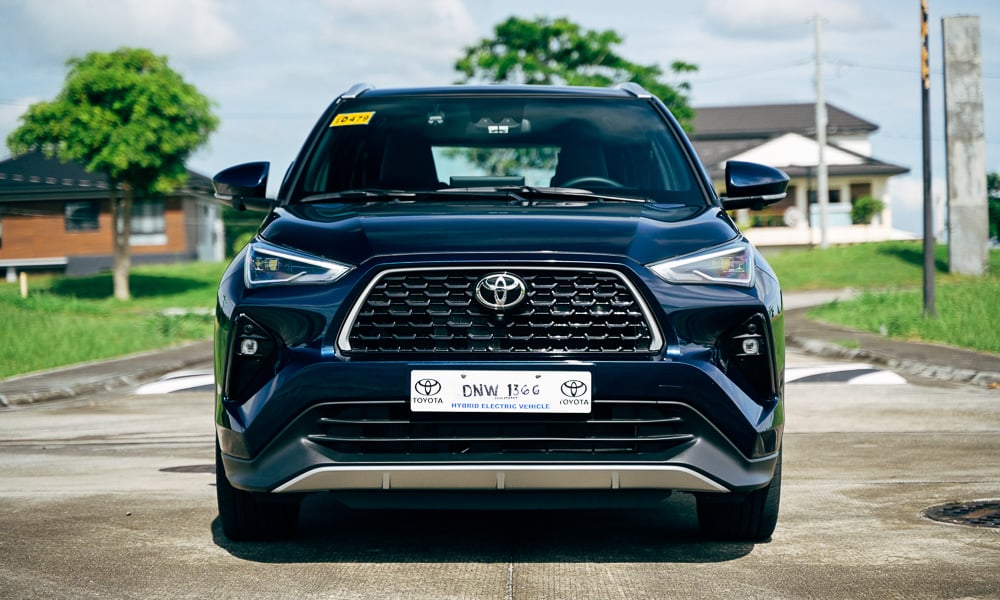
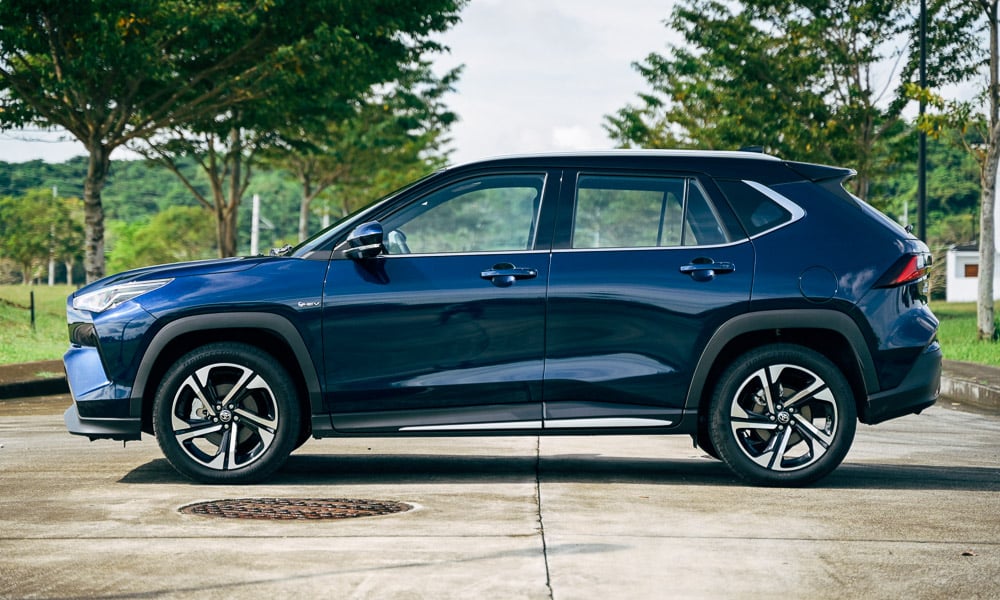
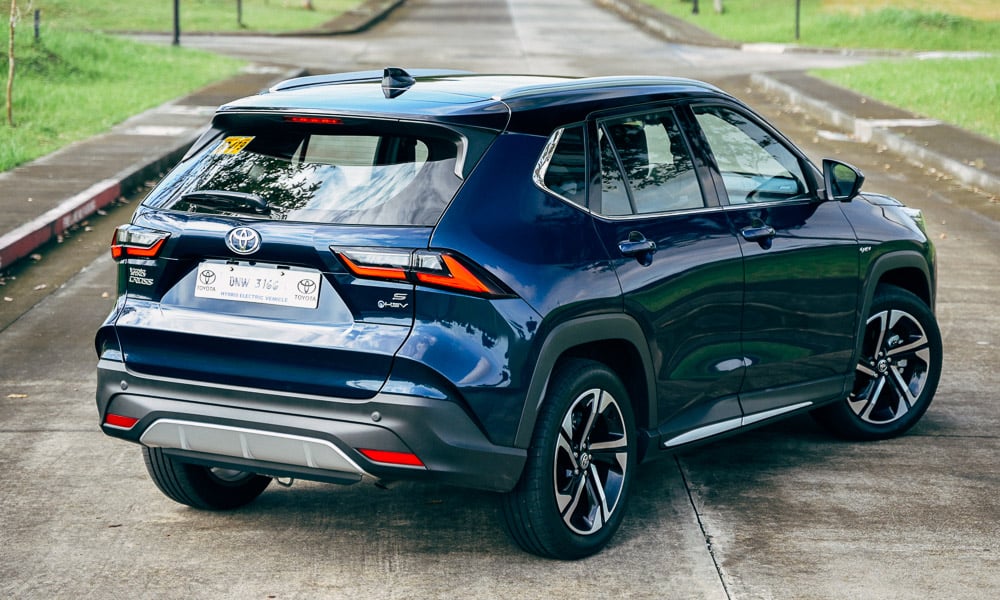
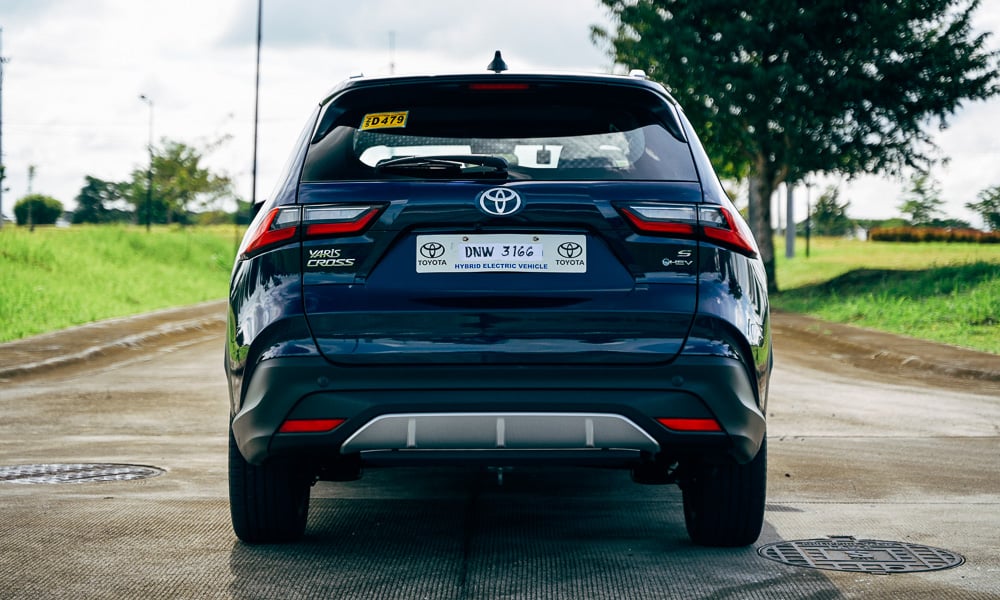
Countless user testimonies online show that the car is well-loved and just as popular, with a lot roaming the streets (the majority in HEV form) in the few months since its launch. It’s very easy to see why when you get handed the keys to one.
The proportions are very RAV4-esque, with a tasteful amount of silver accents and boxy lines for a dash of masculinity.
The 18-inch two-tone wheels are also shod in thick Bridgestone Turanza T005As (215/55), and the 212mm of ground clearance gives it a little off-road flair and the capability to traverse light floods.
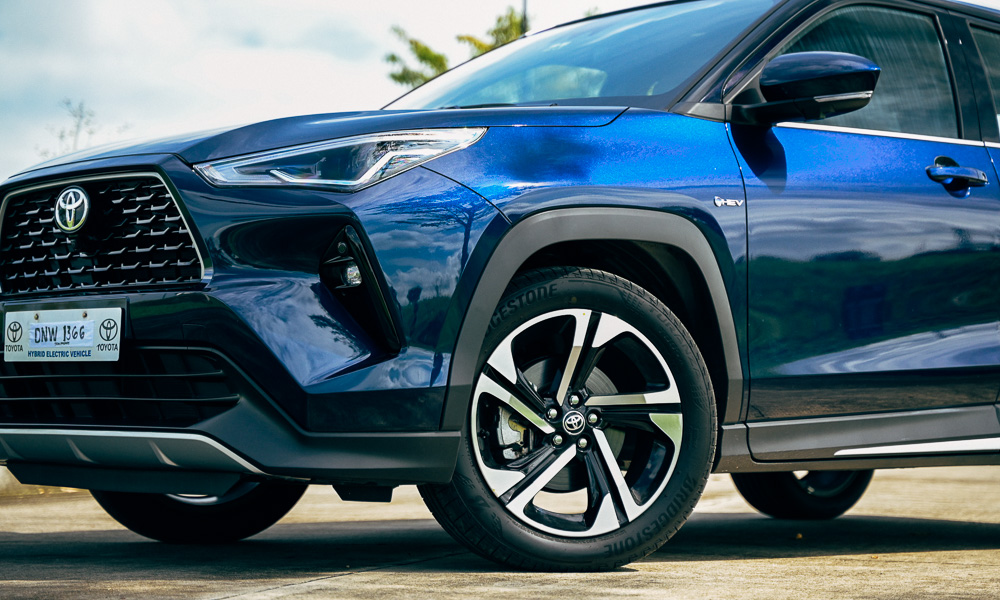
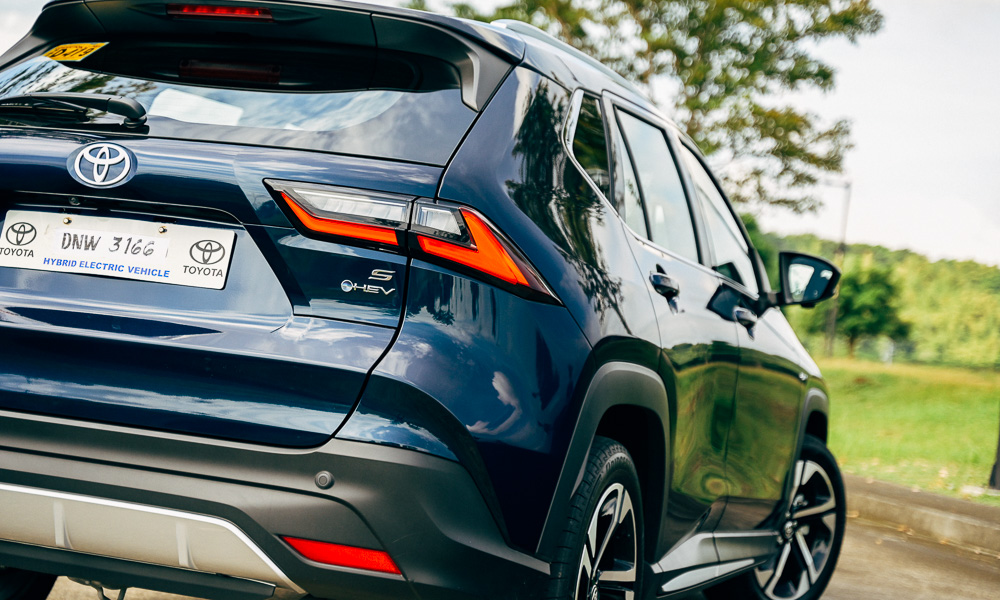
Small touches elevate the overall appearance, like full LED lighting, headlamps that fade on and off, and puddle lamps. And the power tailgate has a kick sensor. It’s a little slow to respond, and it’s faster to just press the button.
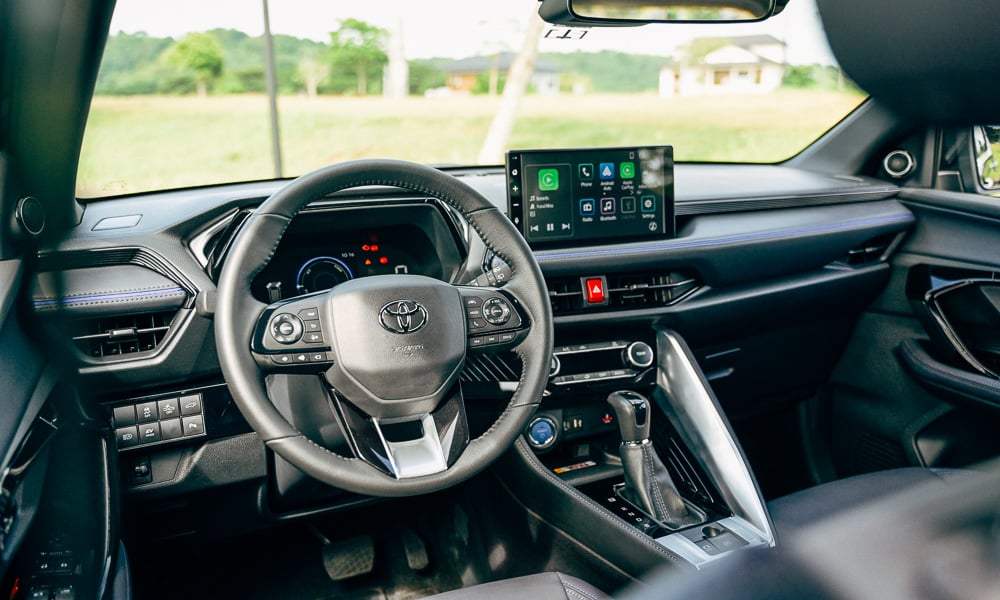
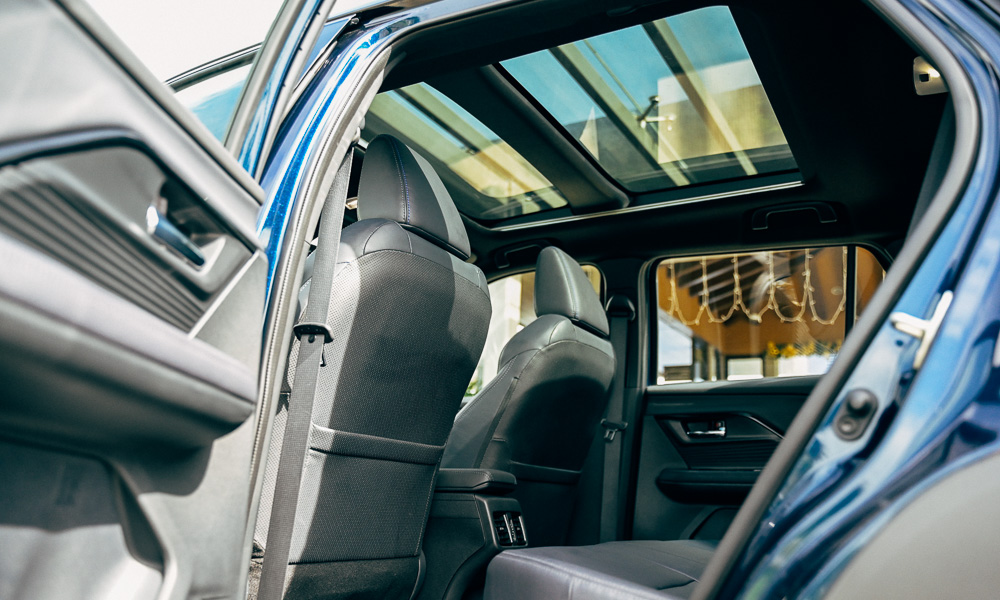
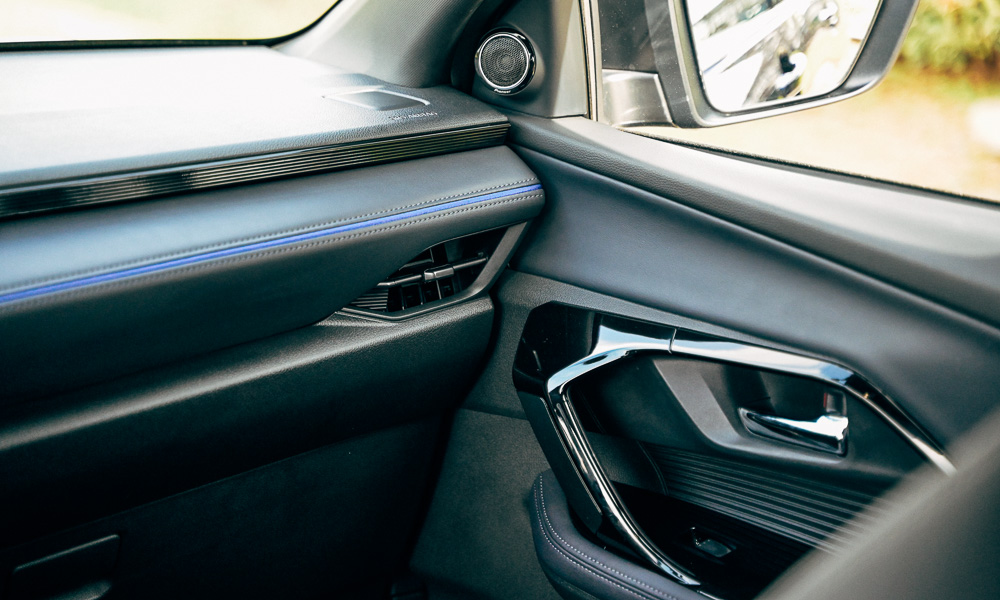
Peer inside and the interior design impresses. A sharp, angular dashboard design. Black synthetic leather with blue contrast stitching. Configurable ambient lighting. A fixed glass roof. An eight-way power-adjustable driver’s seat.
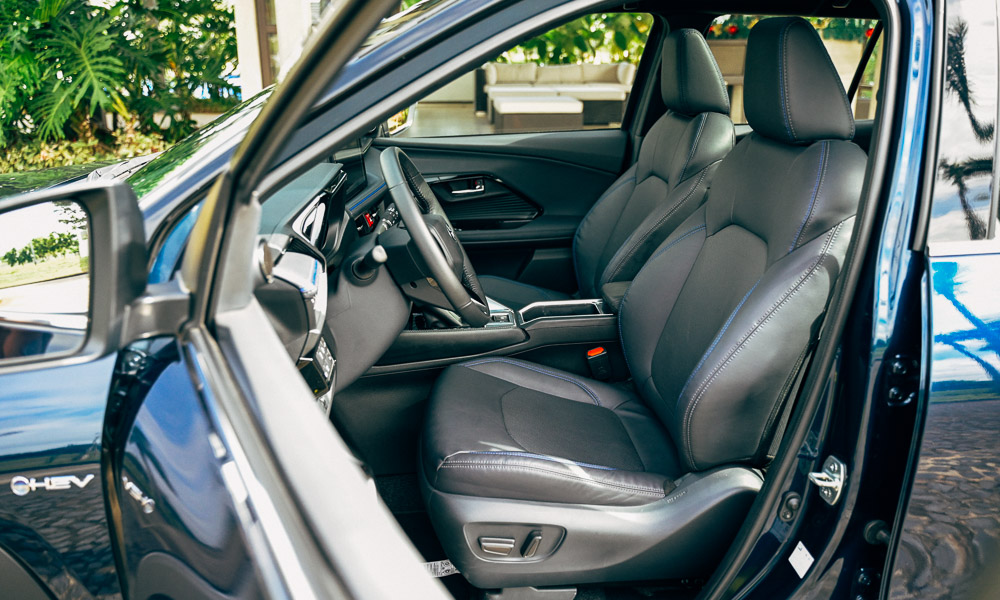
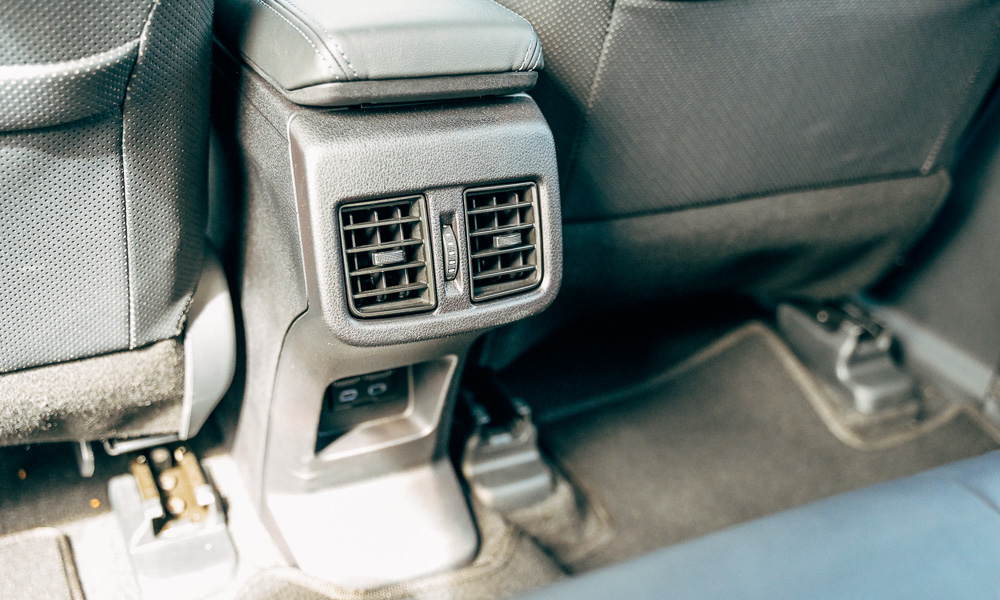
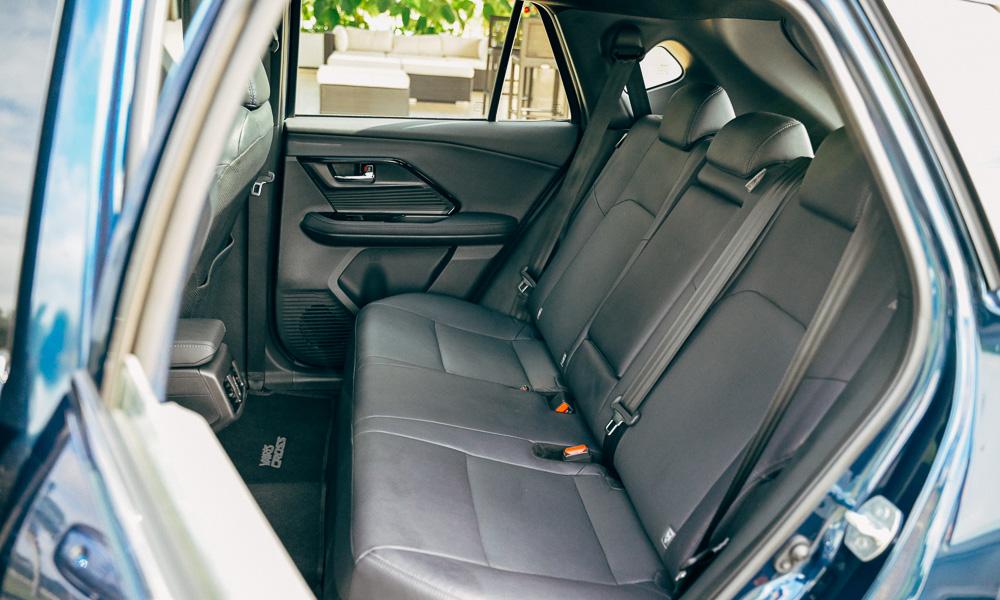
The front seats sit higher than usual even at their lowest setting. This gives occupants an SUV-like view of the road, but they prove to be a little firm and will get fatiguing for the back on long journeys.
Meanwhile, the two-position adjustable rear seats are softer, and the absence of a transmission hump (alongside amenities like a center armrest, charging ports, and climate vents) will keep passengers happy.
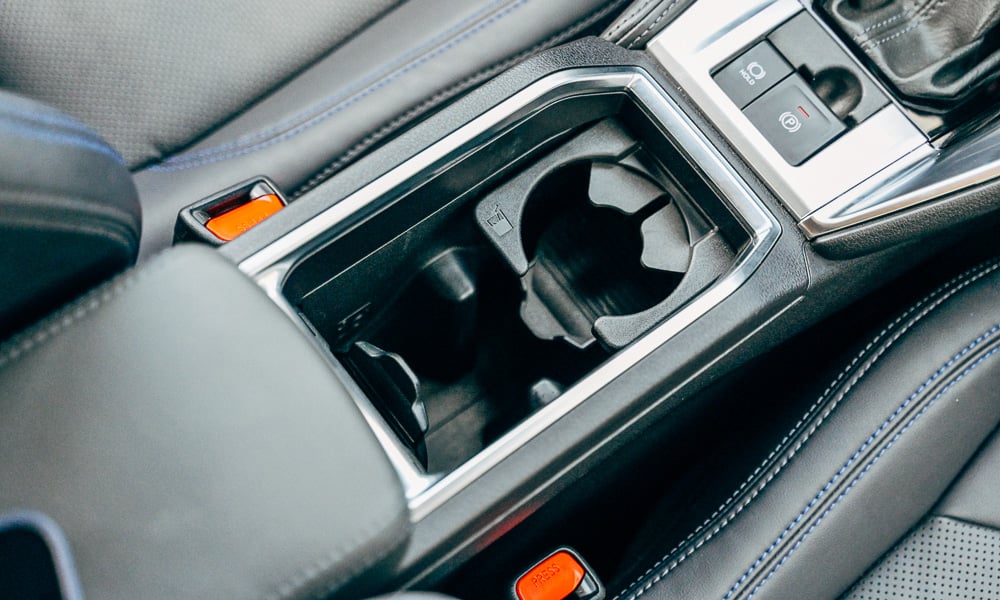
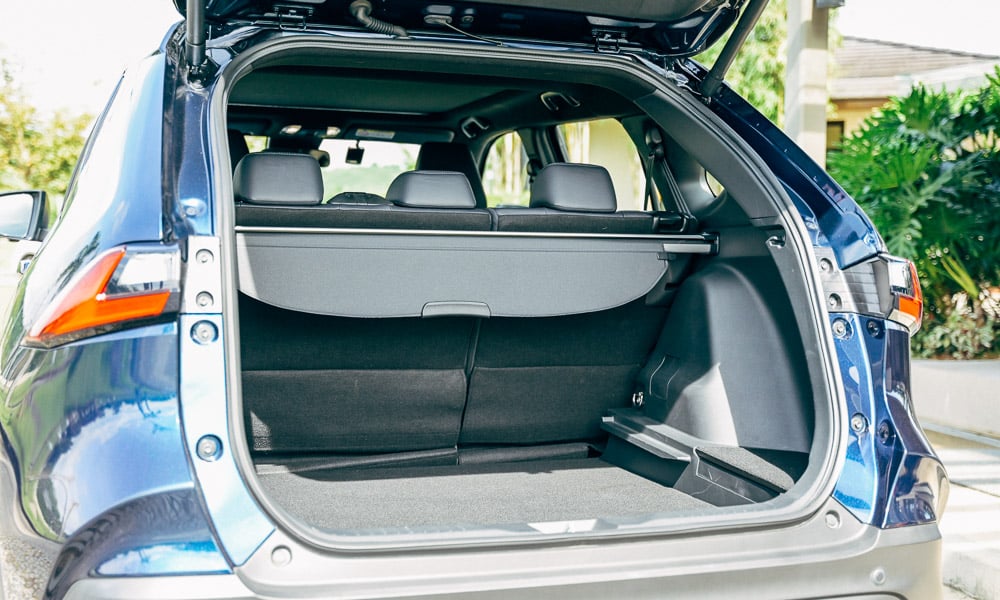
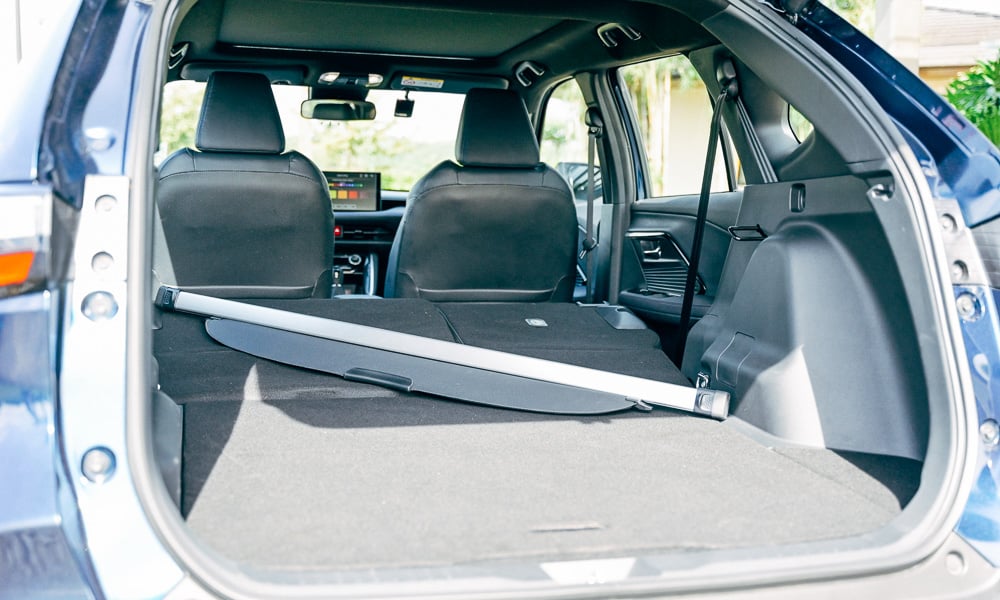
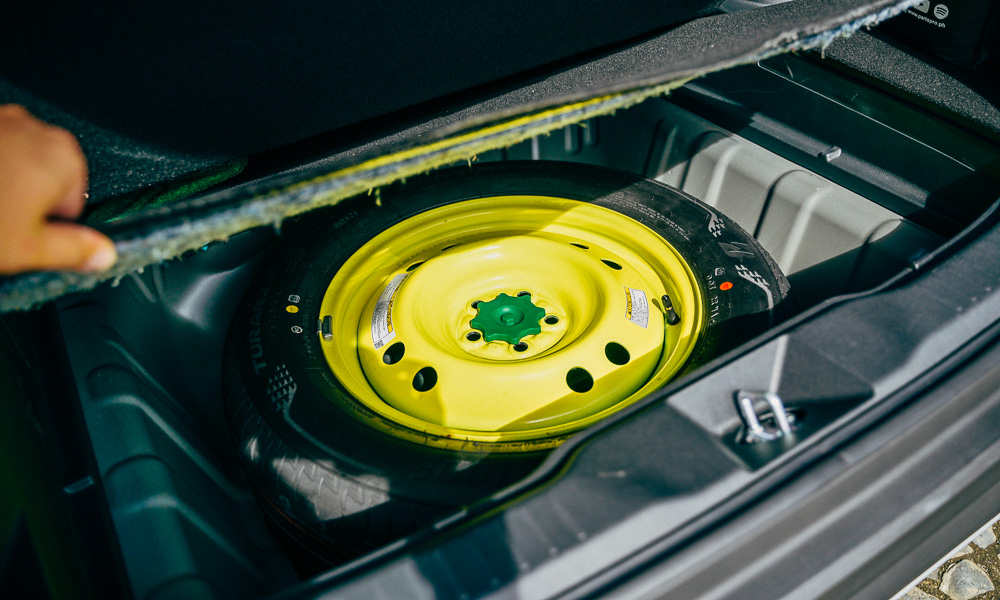
Even the storage is well-thought-out. The front has a clever center cupholder and countless cubbies. The 466L cargo bay can be expanded with a 60:40-split folding rear bench seat. It has a retractable cargo cover and a two-stage load floor with a donut spare tire underneath.
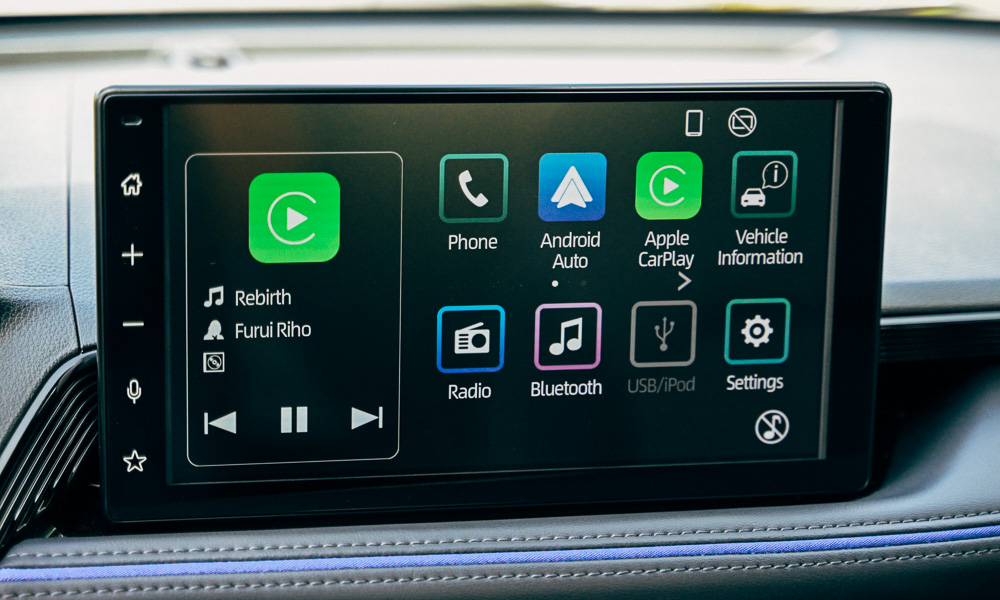
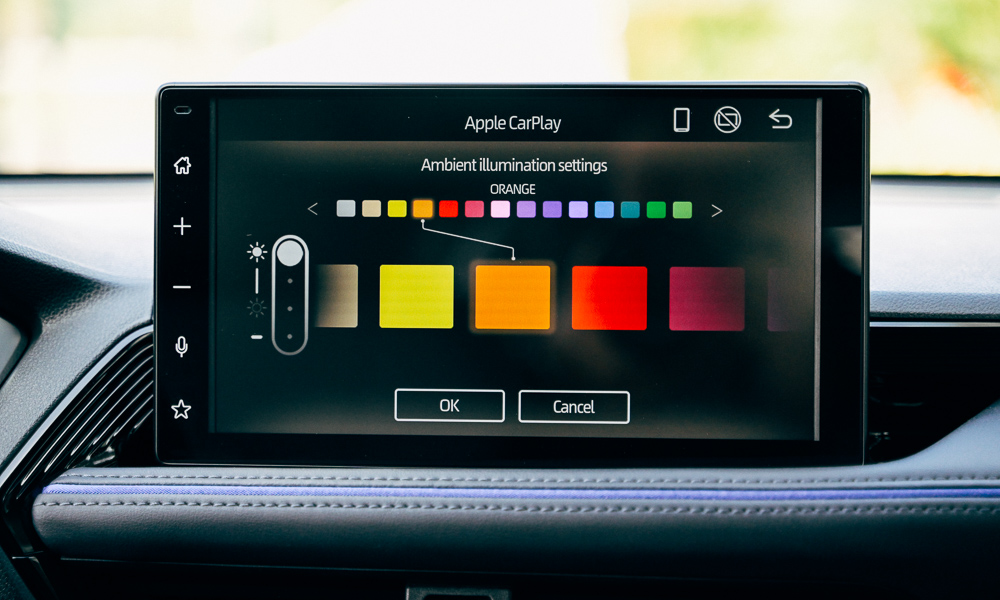
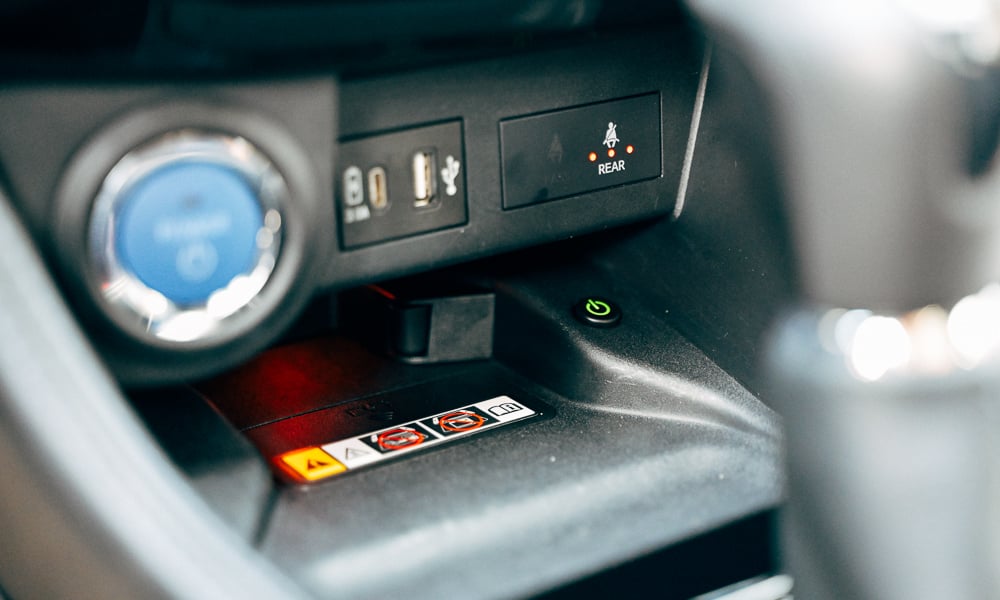
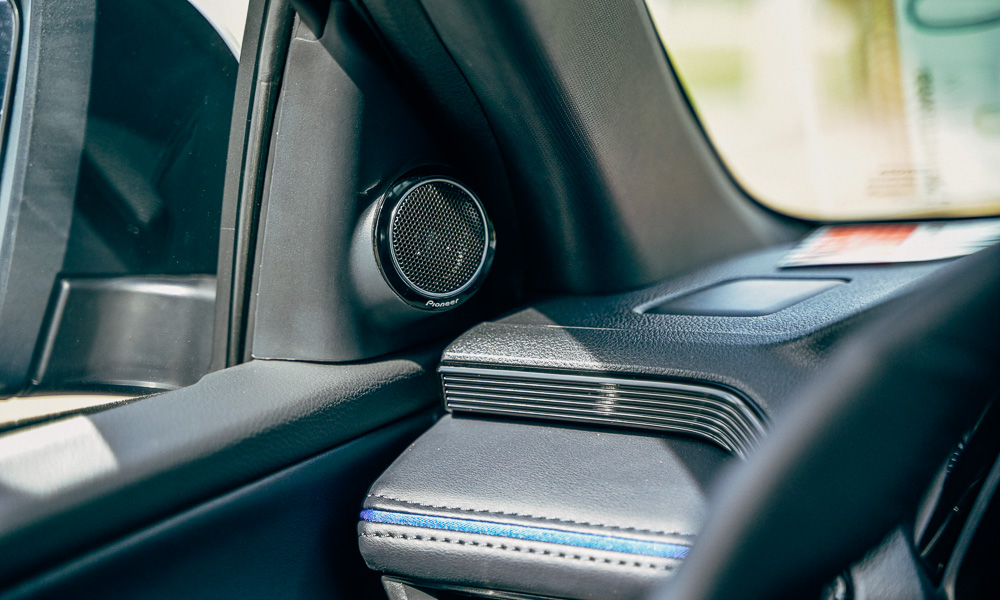
It’s gadgets galore inside this cabin. You have automatic climate control and two big, bright screens: Seven inches for the digital instrument cluster and 10.1 inches for the infotainment welcome occupants.
There’s wireless charging and both wireless Android Auto and Apple CarPlay, but use the single USB-A port for a wired connection as it’s unstable at times. A six-speaker Pioneer system sounds great after some tuning (but lacks bass from a dedicated subwoofer), and several USB-C ports can keep modern devices charged.
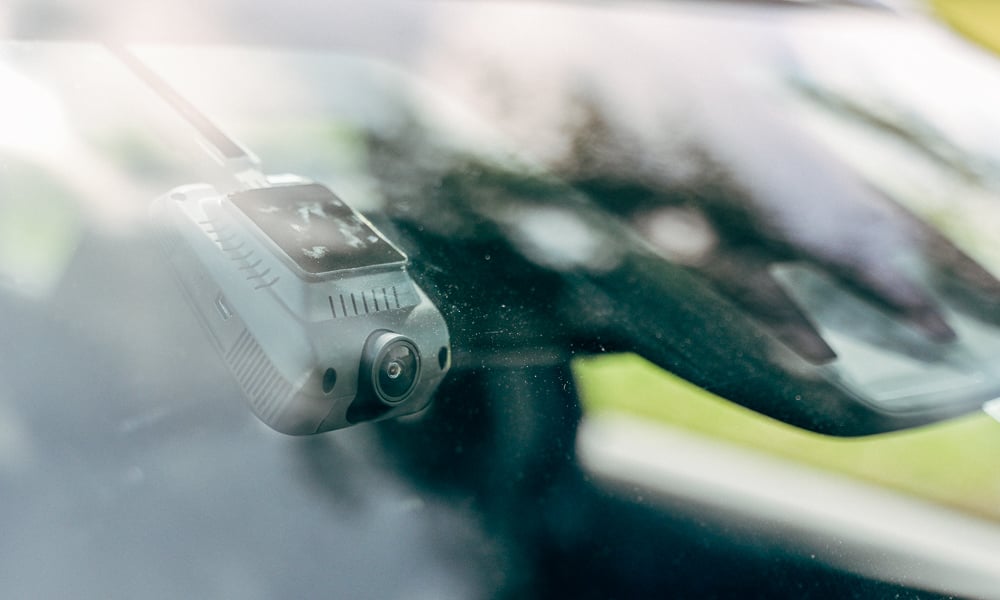
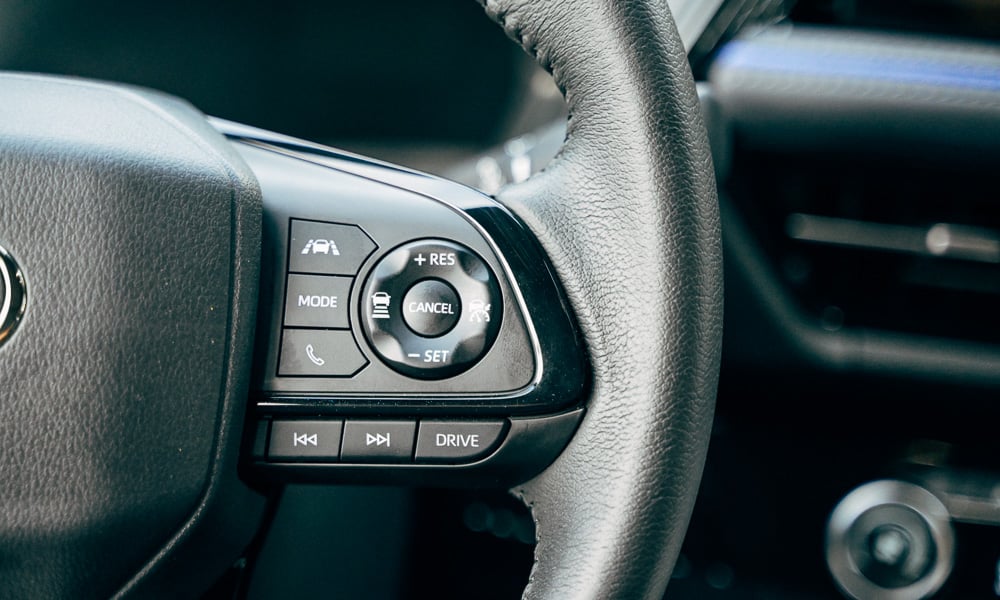
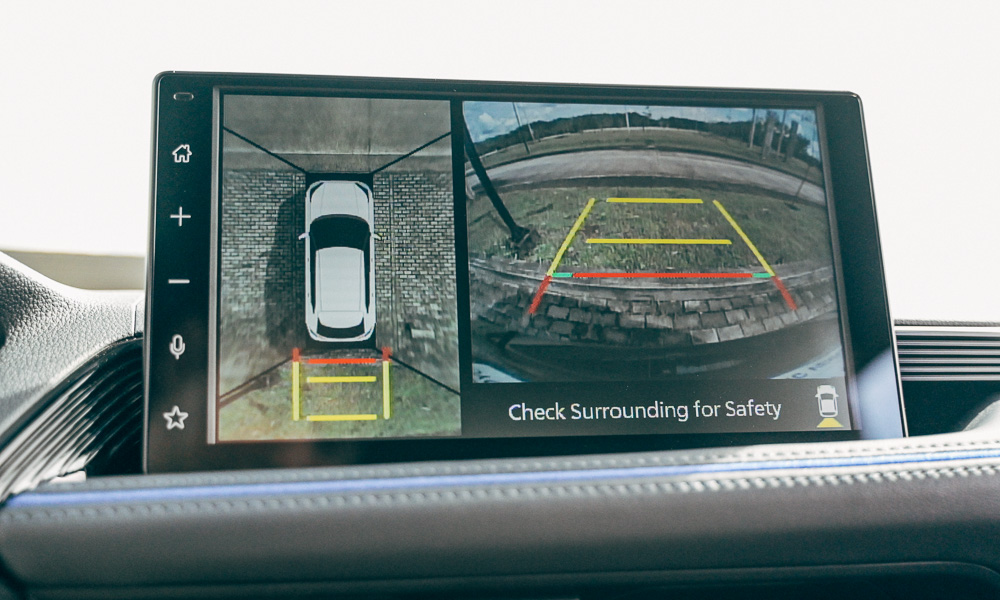
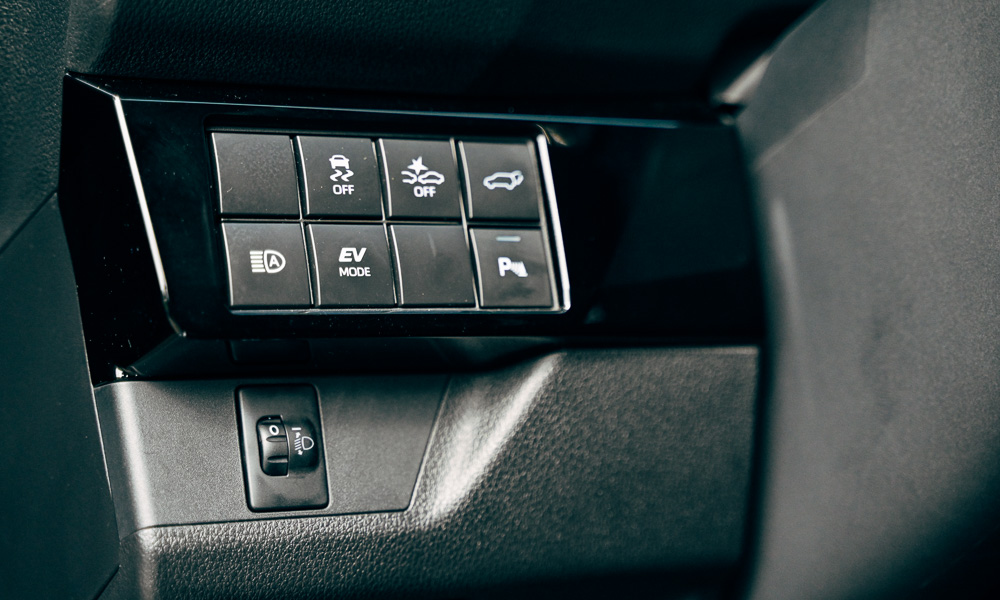
Cap that off with a fully featured Toyota Safety Sense suite with features like adaptive cruise control, lane centering, a (low-resolution) 360º camera with front and rear parking sensors, and an included dashcam.
It seems like Toyota Motor Philippines threw everything but the kitchen sink to impress buyers with a loaded specs sheet.
Considering that the Corolla Cross V is priced at P1,680,000 and lacks most of the features of the Yaris Cross S, it makes little sense on paper to get that over its smaller sibling. Why bother if you’re not after the larger size?
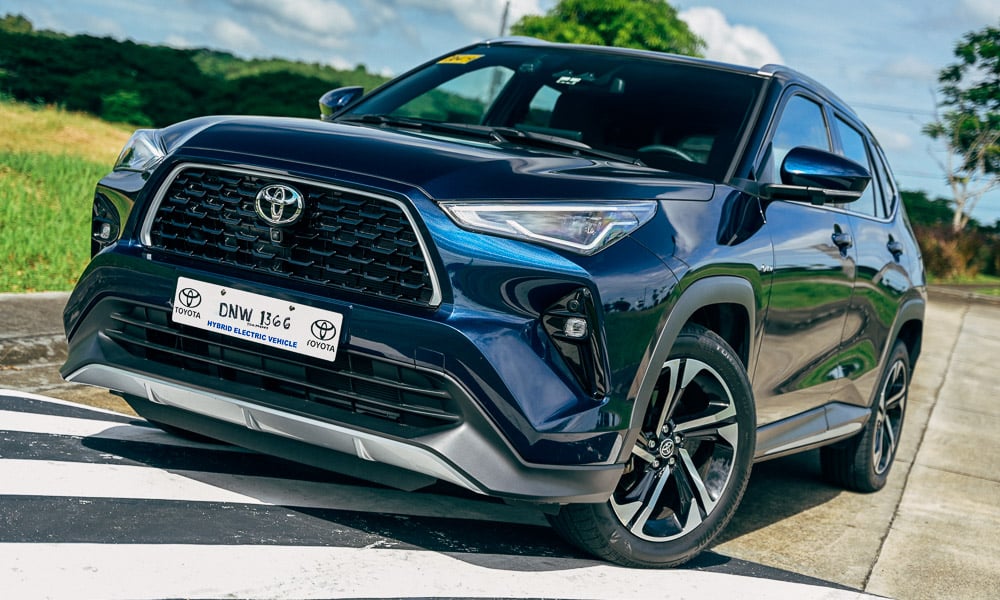
Well, the illusion of a premium car shatters as you shut the door and you hear the hollow sheet metal reverberates. Tunog lata, as they say.
Simply driving it around shows its weakness: poor NVH (noise, vibration, and harshness). Outside road and traffic noise creeps in easily, especially at expressway speeds. The engine sounds and feels a little harsh when it kicks in to charge and drive.
A common complaint among owners, and a valid one considering the vehicle’s asking price.
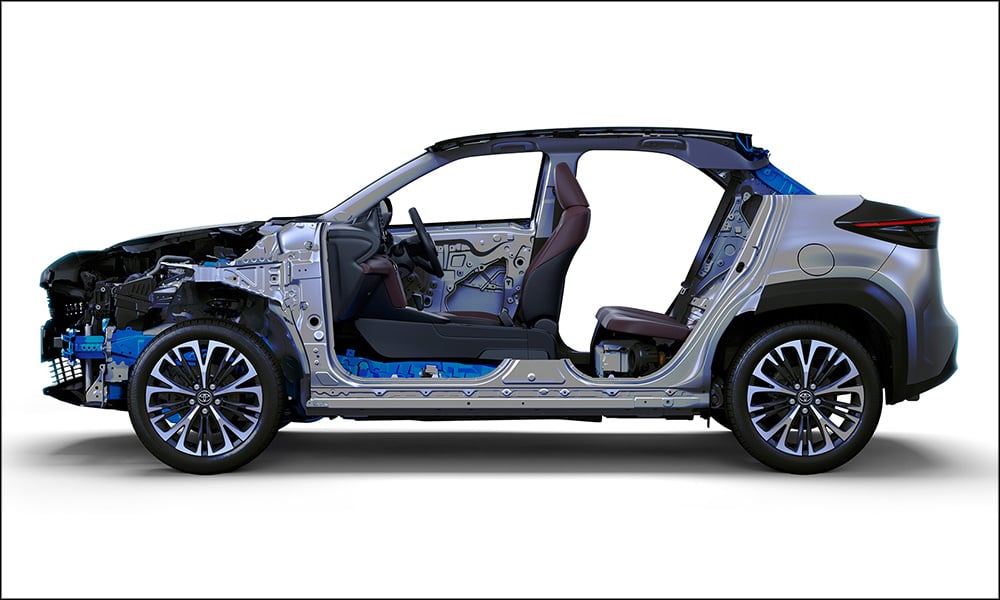
On this demo unit, I could consistently hear the right C-pillar creak as I turned while going up and down ramps. The interior plastics have slight squeaks and rattles while I drove around town. Slightly disappointing, considering this tester has around 2,000km on the odometer when I got it.
Toyota was able to bring that price tag down by being based on a platform shared with its budget offerings, the Daihatsu New Global Architecture (DNGA-B, to be specific).
To answer my question earlier, the extra money you shell out for the Corolla Cross goes to the refinement found in its Toyota New Global Architecture (TNGA) underpinnings.
But most owners forgive these issues when they see the magical double-digit fuel economy figures. The powertrain is the vehicle’s biggest strength, especially in the city. It’s a great introduction to first-timers transitioning to an electrified lifestyle.
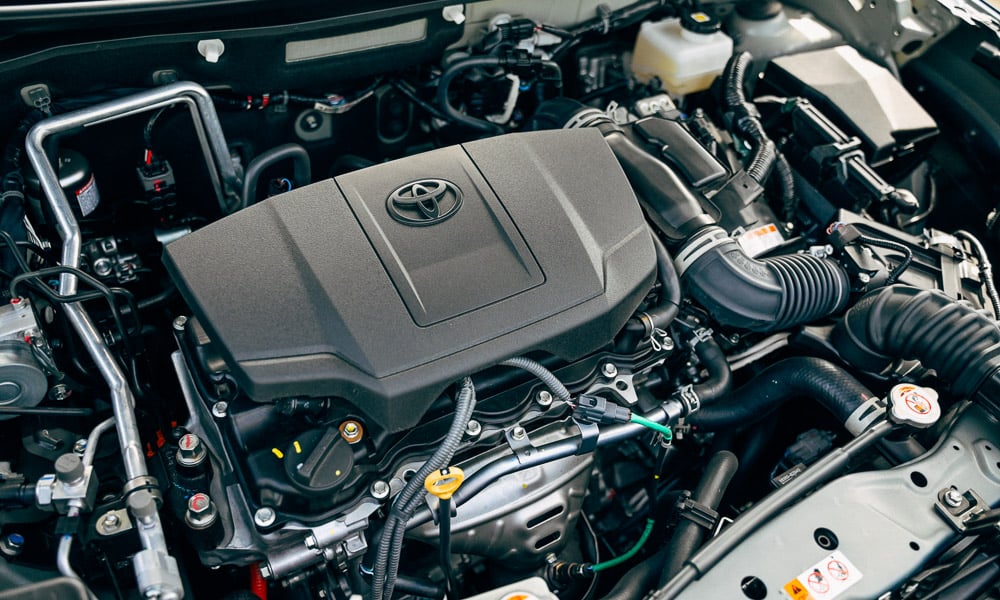
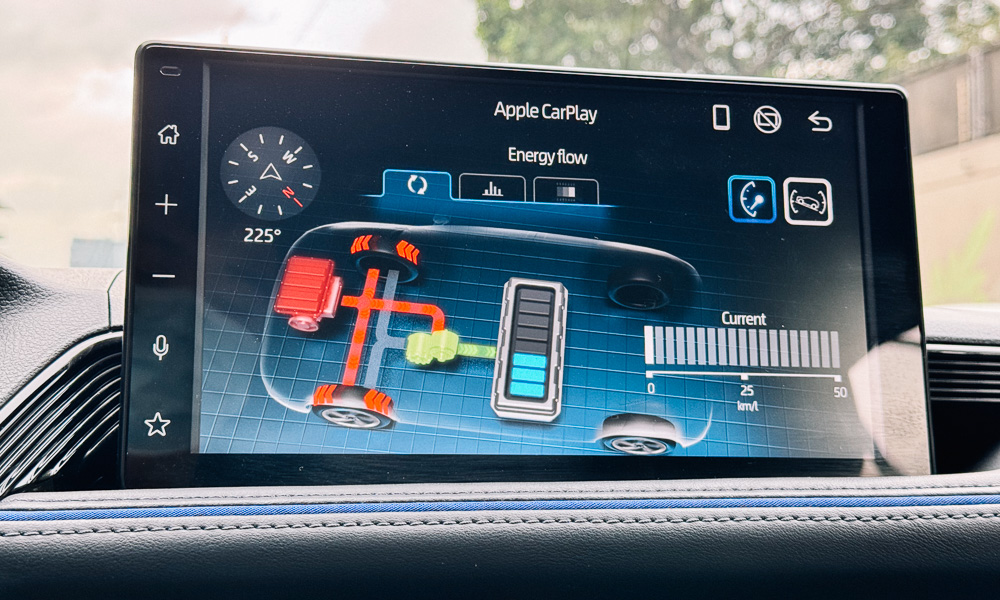
The hybrid powertrain has a total system output of 109hp and 121Nm, all sent to the front wheels. It won’t kick you back into your seat unlike other hybrids, but it can light up the traction control indicator in Power mode, offering a smooth, linear power delivery that’s ideal for the city. It has enough spring in its step to make overtaking an effortless maneuver, and it’s happy to maintain expressway speeds with a cabin with four adults and cargo.
When the 0.7kWh lithium-ion battery is sufficiently charged (and the engine is off), you’re presented with a smooth and quiet ride, making it enjoyable for the occupants of the fairly wide cabin.
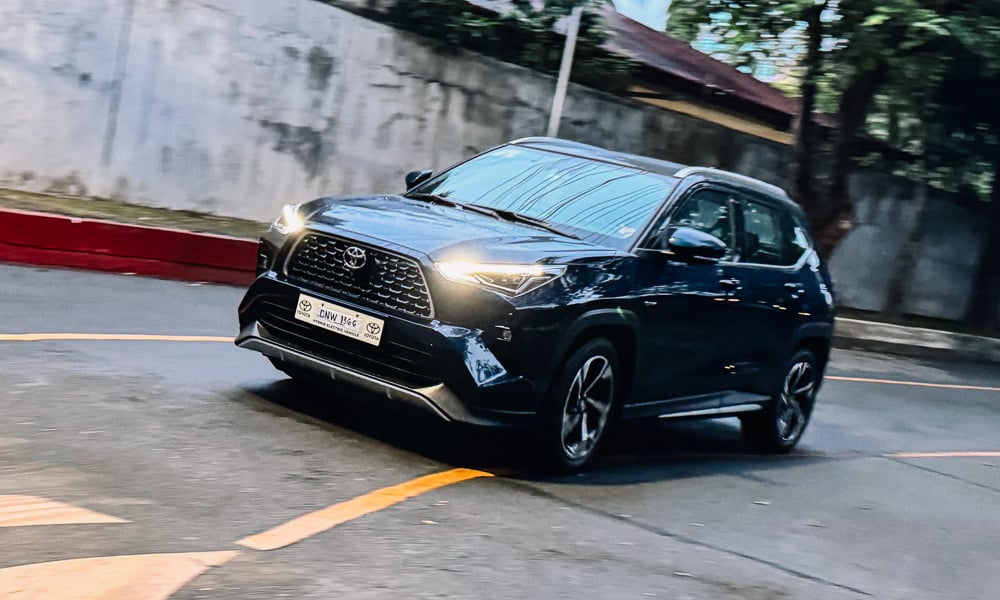
It handles well enough, with responsive (but numb) steering, and a pliant ride over pockmarked roads thanks to softly sprung suspension and a thick sidewall that absorbs potholes relatively well.
A benefit of the battery being mounted low to the center is the vehicle’s reduced body roll, but expect some when you push it harder than usual. It is still a crossover, after all.
This car was made for the city with its compact size, but rearward visibility can be problematic with those thick C-pillars. This is where you’ll use the blind-spot monitoring and the 360° camera to your advantage, but the always-on parking sensors are anxiety-inducing as motorcycles squeeze around you in traffic.
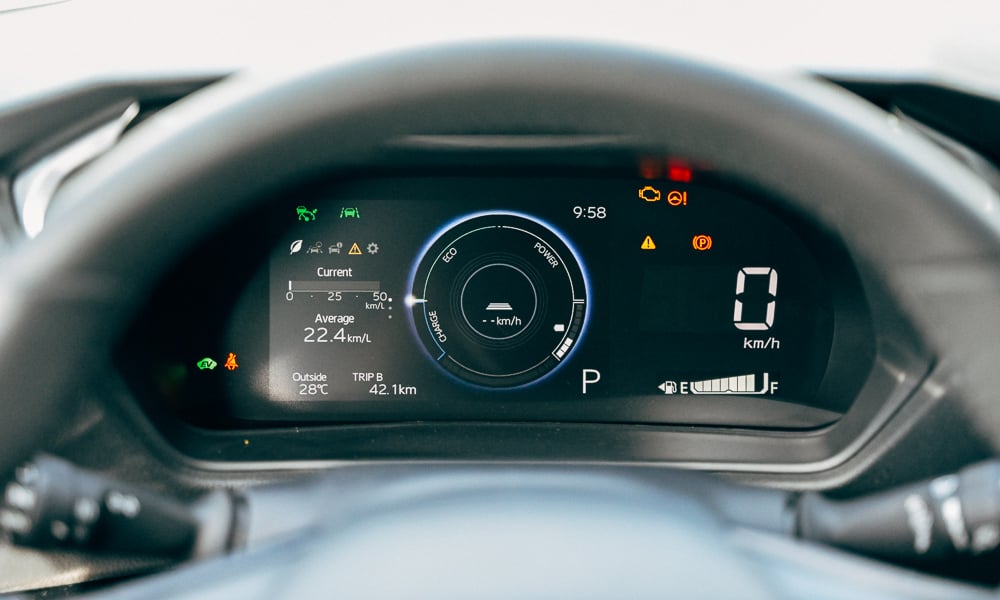
And the fuel economy. My goodness.
I was able to manage an impressive 15.6km/L in Christmas traffic, 22.4km/L on the highway, and a combined 18.0km/L. This was after 220km of driving for a week with half of the 31L tank left without touching Eco mode.
With gas prices on the rise, I’d be willing to forgo creature comforts in the name of frugality, similar to the many potential customers who are eyeing the Yaris Cross S HEV as their next vehicle.
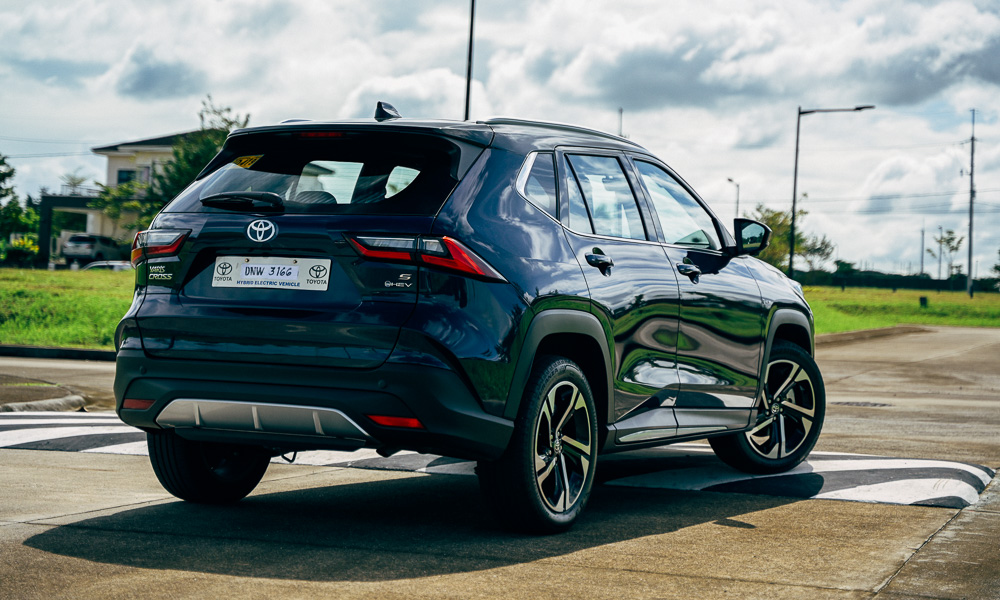
My suggestion for Toyota Motor Philippines? Introduce a cut-price variant of the Yaris Cross that gets rid of the majority of the superfluous features, but keeps the hybrid drivetrain.
That alone will soften the blow for owners who expect a little more refinement out of the S HEV’s price point, and also capitalize on the vehicle’s strongest asset alongside the EVIDA exemptions it’s eligible for.
But if you have the cash and are looking for a feature-packed city commuter, you can’t go wrong with the Yaris Cross S HEV. Hopefully, this kicks off the electrified crossover war that our market needs, as competition spurs innovation.
It will be a win for everyone.
TOYOTA YARIS CROSS S HEV
| Engine | 1.5-liter four-cylinder gasoline with electric motor |
| Transmission | CVT |
| Power | 109hp (combined); 91hp @ 5,500rpm (gasoline only) |
| Torque | 121Nm @ 4,000rpm |
| Dimensions | 4,310mm x 1,770mm x 1,615mm |
| Drive layout | FWD |
| Seating | 5 |
| Price | P1,598,000 |
| Upside | A very frugal hybrid drivetrain perfect for the city. Great looks and a boatload of features. |
| Downside | Poor NVH and refinement for the price. Uncomfortable front seats for long drives. |

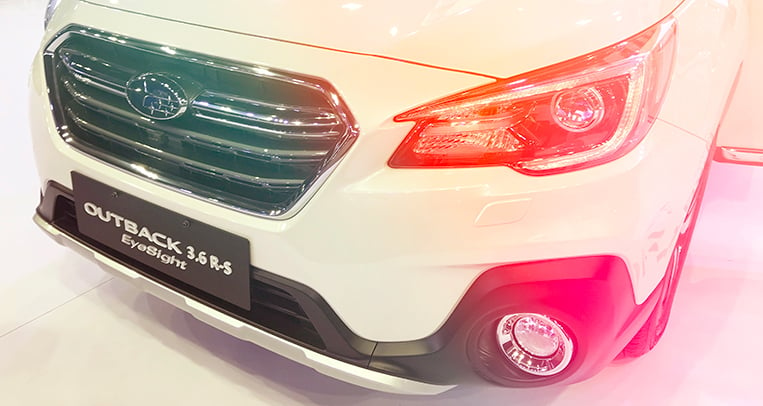

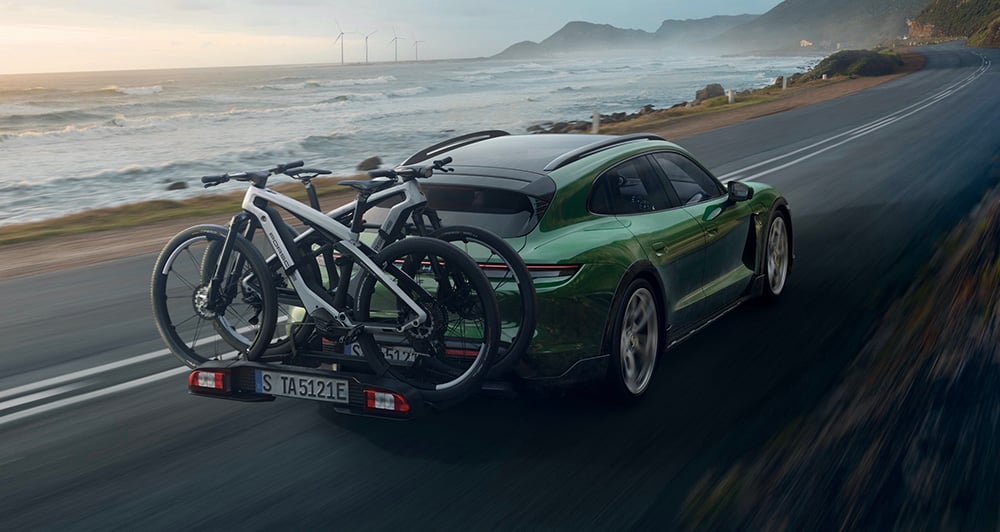
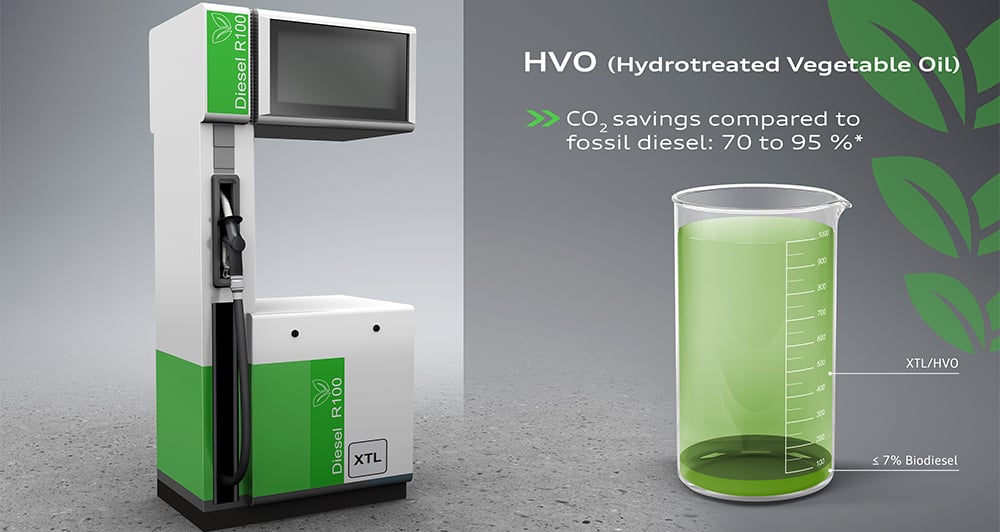
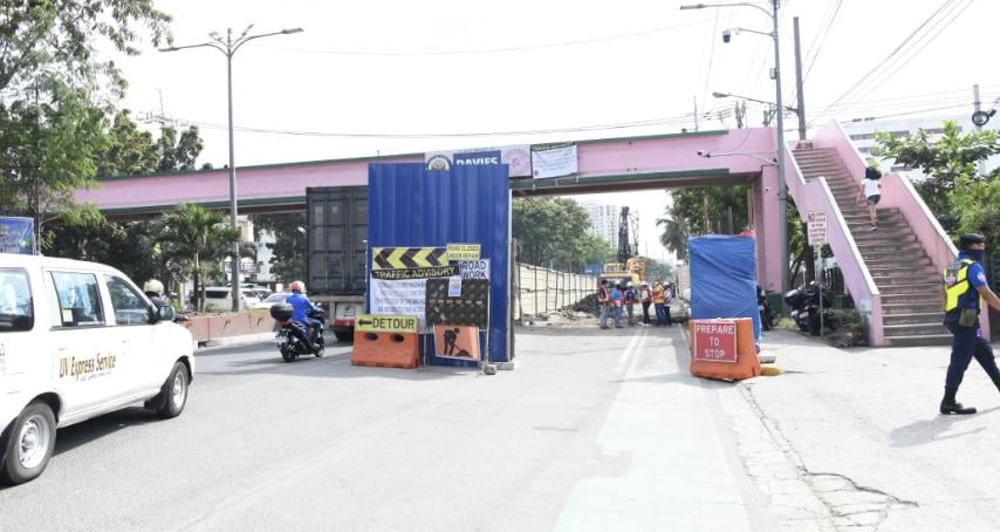

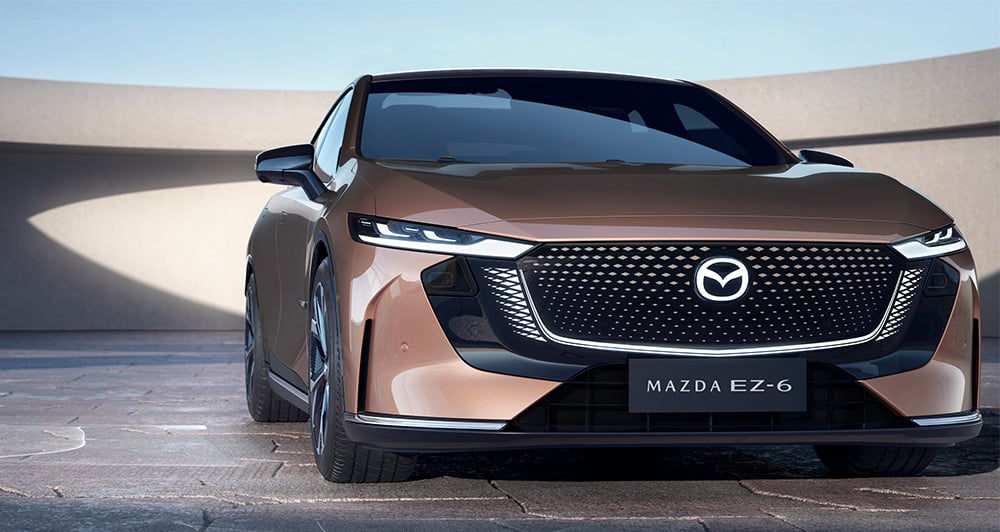
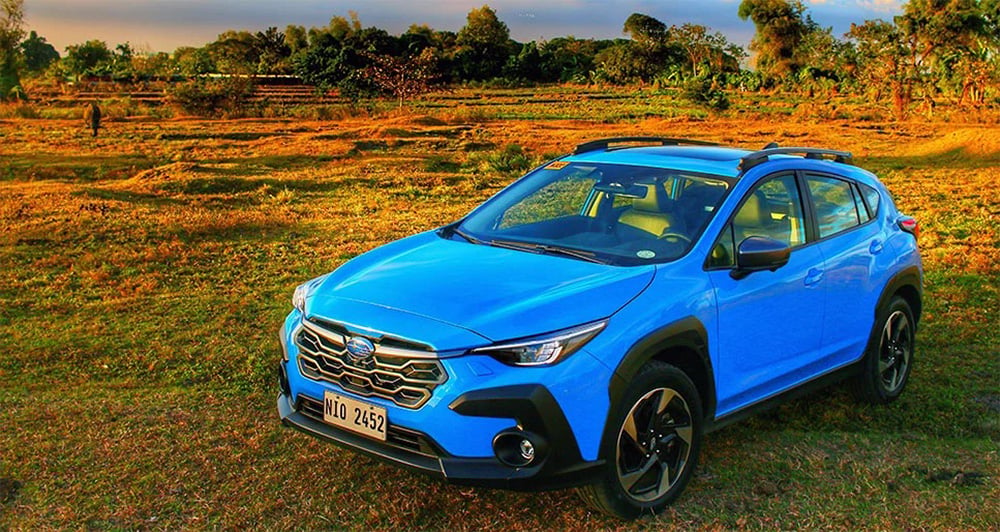


Comments